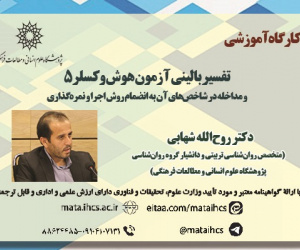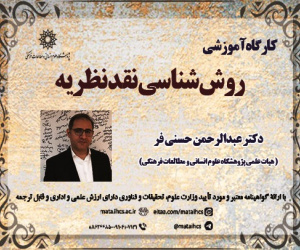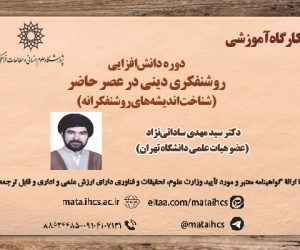مولفه های مدیریت منابع انسانی سبزبا نگاه توسعه پایدار در حوزه منابع انسانی شرکت ملی مناطق نفت خیز جنوب
آرشیو
چکیده
مقدمه و هدف: مدیریت منابع انسانی سبز با رویکرد توسعه پایدار، نقشی کلیدی در همسوسازی اهداف زیست محیطی و سازمانی ایفا می کند.هدف این مقاله بررسی مولفه های مدیریت منابع انسانی سبزبا نگاه توسعه پایدار در ارتباط باحوزه منابع انسانی شرکت ملی مناطق نفت خیز جنوب بود. روش شناسی پژوهش: روش پژوهش توصیفی- تحلیلی بود. پژوهشگر علاوه بر تصویرسازی آنچه هست به تشریح و تبیین دلایل چگونه بودن و چرایی وضعیت مسئله و ابعاد آن می پردازد. از طریق جستجو در ادبیات و مباحث نظری تحقیق و تدوین گزاره ها و قضایای کلی موجود درباره آن فراهم می شود که معمولاً در فصل مربوط به سوابق و مباحث نظری تحقیق تدوین می گردند. پژوهشگر از نظر منطقی جزئیات مربوط به مسئله تحقیق خود را با گزاره های کلی مربوطه ارتباط می دهد و به نتیجه گیری می پردازد. نکته قابل توجه این است که هر کدام از تحقیقات مزبور در جای خود ارزش علمی دارد. یافته ها: نتایج نشان داد که در این پژوهش، نقش مدیریت منابع انسانی سبز در تحقق اهداف توسعه پایدار بررسی شده است. نتایج نشان می دهد استخدام سبز با جذب افراد آگاه به مسائل زیست محیطی، آموزش و توسعه سبز با ارتقاء مهارت های پایدار، ارزیابی عملکرد سبز با تمرکز بر شاخص های محیطی، و پاداش های سبز با افزایش تعهد کارکنان، به بهبود عملکرد زیست محیطی سازمان کمک می کند. همچنین، مدیریت سلامت و ایمنی سبز و مشارکت فعال کارکنان در برنامه های محیط زیستی، فرهنگ سازمانی حامی پایداری را تقویت می کند. نتیجه گیری: با توجه به نتایج می توان گفت مدیریت منابع انسانی سبز با تلفیق سیاست های زیست محیطی در جذب، آموزش، ارزیابی و پاداش دهی، سازمان ها را به سوی توسعه پایدار هدایت می کند. این رویکرد با ارتقاء فرهنگ محیط زیستی، تعهد و مشارکت کارکنان را در حفظ منابع طبیعی افزایش می دهد.Components of Green Human Resources Management with a Sustainable Development Perspective in the Human Resources Sector of the National Southern Oilfields Company
Introduction and goal: Green human resource management with a sustainable development approach plays a key role in aligning environmental and organizational goals. The aim of this article was to examine the components of green human resource management with a sustainable development perspective in relation to the human resource sector of the National Southern Oil Fields Company. Research methodology: The research method was descriptive-analytical. In addition to illustrating what is, the researcher describes and explains the reasons for how and why the problem situation and its dimensions are. Through searching the literature and theoretical discussions, the research and formulation of general propositions and theorems about it are provided, which are usually formulated in the chapter related to the background and theoretical discussions of the research. The researcher logically relates the details related to his research problem with the relevant general propositions and draws conclusions. The noteworthy point is that each of the aforementioned studies has scientific value in its own right. Findings: The results showed that in this study, the role of green human resource management in achieving sustainable development goals has been examined. The results show that green hiring helps improve the environmental performance of the organization by attracting people who are aware of environmental issues, green training and development by promoting sustainable skills, green performance evaluation by focusing on environmental indicators, and green rewards by increasing employee commitment. Also, green health and safety management and active participation of employees in environmental programs strengthen the organizational culture supporting sustainability. Conclusion: According to the results, it can be said that green human resource management, by integrating environmental policies in recruitment, training, evaluation and reward, leads organizations towards sustainable development. This approach, by promoting environmental culture, increases the commitment and participation of employees in preserving natural resources.







